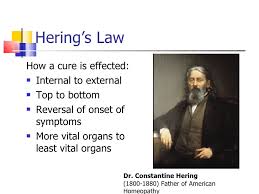A systemic, febrile disease that is inflammatory & non-suppurative in nature & variable in severity, duration & sequelae. It is acute febrile illness following streptococcal sore throat & characterised by fleeting arthritis, pancarditis, leucocytosis & raised ESR. Following a streptococcal…
What is Swine Flu? Swine Influenza (swine flu) is a respiratory disease of pigs caused by type A influenza virus that regularly causes outbreaks of influenza in pigs. Swine flu viruses cause high levels of illness and low death rates…
Kidney stones, also called renal calculi, are solid concretions (crystal aggregations) of dissolved minerals in urine; calculi typically form inside the kidneys or bladder. The terms nephrolithiasis and urolithiasis refer to the presence of calculi in the kidneys and urinary…
Chronic kidney disease (CKD), also known as chronic renal disease, is a progressive loss of renal function over a period of months or years through five stages. Each stage is a progression through an abnormally low and deteriorating glomerular filtration…
Nephrotic syndrome is a nonspecific disorder in which the kidneys are damaged, to leak large amounts of protein (at least 3.5 grams per day per 1.73m2 body surface area) from the blood into the urine. Presentation It is characterised by…
Palladium پلاڈیم – The Essential Homeopathic Features Palladium patients are having tremendous emotional insecurity with strong emotions that cannot be expressed, and in this way creating a blockade, a deep inner conflict that needs constant support on the part of…
Pelvic Inflammatory disease – PID – is very common among young and sexually active women. It defines inflammation of ovaries, fallopian tubes, uterus and clinically presents as Pain in lower part of abdomen, Tenderness (Pain on touch), Back pain, Foul…

Question: What is Hering’s Law? Answer: Hering’s Law states that: “All healing occurs from within out, from the head down, and in the reverse order in which the symptoms have appeared.” Question: Who came up with Hering’s Law…
CONIUM MACULATUM کونیم Poison Hemlock. N.O. Umbelliferae. Tincture of fresh plant in flower. THE ESSENTIAL FEATURES The idea of paralysis in Conium is not so much the one we know from Socrates’ death by the ‘noggin of hemlock’; real…
DIGITALIS – ڈیجیٹیلس Digitalis purpurea. The foxglove. N.O. Scrophulariaceae. Tincture of the second year leaves. THE ESSENTIAL FEATURES Digitalis is primarily a heart remedy. It should be considered when the pulse is abnormally slow and later in the…

